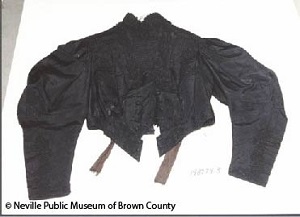From the Education Department: National Fragrance Day

Perfumes and fragrances have been culturally significant for millennia to get us where we are today: celebrating national fragrance day. The first record of perfume dates back to the second millennium BC in Mesopotamia when it was invented by a chemist named Tapputi. In Ancient Egypt, perfume was a staple used to flash one’s wealth as it could only be accessed by the wealthy. Because of its significance, the Egyptians had a god of perfume, Nefertem. He was often depicted with water lilies, which were commonly used in perfume. Queens held perfume dear, not only using it to create a pleasant aroma, but they would also be entombed with a bottle. While Egypt and many other ancient nations saw perfume as a symbol of wealth, the Ancient Chinese would incorporate it into their daily lives, scenting their ink, stationary, homes, and places of worship. They also would use it for disinfection and purity, believing that it could rid a room of disease although it was primarily used simply for it

